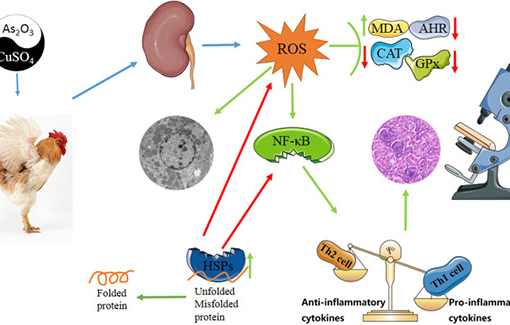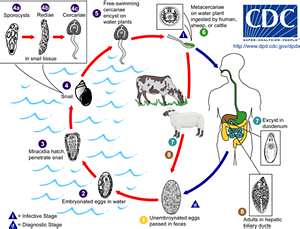Pankaj Bharali
Ph.D. Research Scholar, Dept. of Textiles and Apparel Designing
Dr. Nabaneeta Gogoi
Principal Scientist and Professor, Dept. of Textiles and Apparel Designing
College of Community Science, Assam Agricultural University, Jorhat-785013
Corresponding e-mail:
Abstract
Banana fibre, derived from banana plant pseudo-stems, is a promising eco-friendly textile alternative. Its cultivation is sustainable, using minimal water and no chemical fertilizers or pesticides when organic. The production process efficiently utilizes agricultural waste, reducing reliance on water-intensive cotton and offering carbon sequestration benefits. Economically, it supports local communities by providing employment in banana-growing regions. Although processing is labour-intensive, innovations are improving its viability. With increasing consumer awareness of environmental impacts, banana fibre is set to play a key role in a sustainable future for textiles.
Introduction
In a world that is increasingly aware of the environmental impact of fashion and textiles, the search for sustainable and eco-friendly alternatives has become paramount. Banana fibre, an ancient material with a rich history, is emerging as a revolutionary and sustainable choice in the world of textiles. Derived from the pseudo-stems of banana plants, this natural fibre is not only environmental-friendly but also offers a range of benefits that could reshape the textile industry. In this article, we will explore the remarkable journey of banana fibre as it evolves into a sustainable textile revolution.
The Origin and History of Banana Fibre
Banana fibre, also known as Musa fibre, is not a recent discovery. Its use dates back to thousands of years, primarily in regions where banana plants are native, such as Southeast Asia and the Indian subcontinent. Banana has a long history as a textile, the use of banana fibre in textiles was known since the 13th century.
Sustainable Cultivation and Harvesting
One of the key factors that make banana fibre sustainable is its cultivation and harvesting process. Banana plants are fast-growing, require minimal water compared to traditional cotton crops, and do not require chemical fertilizers or pesticides when grown organically. Furthermore, these plants are perennial, meaning they can be harvested multiple times from the same plant without the need for replanting. This ensures a continuous supply of the raw material without depleting natural resources.
The process of extracting banana fibre is a testament to its sustainability. The pseudo-stems of banana plants, which are often discarded after the fruit harvest, are harvested and processed to create the fibres. This recycling of agricultural waste is a prime example of sustainable resource utilization.
The Versatility of Banana Fibre
An especially important quality of banana fibre is its sustainable qualities. Unlike other natural fibres, banana fibre is an agricultural waste product. In other words, banana trees could be used for two reasons in two different industries; one, to grow food and the other, for the production of textiles with the same amount of effort currently going into cultivation of the plant.
Environmental Benefits
The environmental benefits of banana fibre are significant. The first and foremost, it reduces the demand for traditional cotton, which is known for its heavy water consumption and pesticide usage. Furthermore, banana cultivation helps in carbon sequestration, as the plants absorb carbon dioxide from the atmosphere. When banana plants are used for fibre production, this carbon remains stored within the fibres, making it a carbon-neutral material.
Social and Economic Impact
Beyond its environmental benefits, banana fibre has the potential to create positive social and economic impacts. In many regions, where banana cultivation is prevalent, the fibre production process provides employment opportunities to the local communities. By promoting the use of banana fibre textiles, we can support these communities and contribute to their sustainable livelihoods.
Challenges and Innovations
While the banana fibre holds immense promise as a sustainable textile, there are still challenges to overcome. Processing banana fibres can be labour-intensive, and modernizing the production process is essential to make it more efficient and cost-effective. Researchers and innovators are continually exploring ways to improve the extraction and processing techniques to make banana fibre a viable alternative on a larger scale.
Conclusion
Banana fibre is poised to be a game-changer in the textile industry, offering a sustainable alternative to the traditional materials. Its eco-friendly cultivation and harvesting, versatility, environmental benefits, and positive social impact make it a promising material for the future. As consumers become more conscious of the environmental footprint of their clothing and textiles, the banana fibre represents a sustainable and ethical choice that aligns with the principles of responsible fashion. By supporting the growth of banana fibre textiles, we can contribute to a more sustainable and greener future for the fashion industry.
References:
Phukan, A.R.; Choudhury, S. and Gogoi, M. (2015). Banana Fibre – A new perspective. Textile Trends, 58(4): 53-54.
Ortega, Z.; Morón, M.; Badalló, P.; Monzón, M.D. and Paz, R. (2016). Production of banana fibre yarns for technical textile reinforced composites. Materials, 9(5): 370-385




